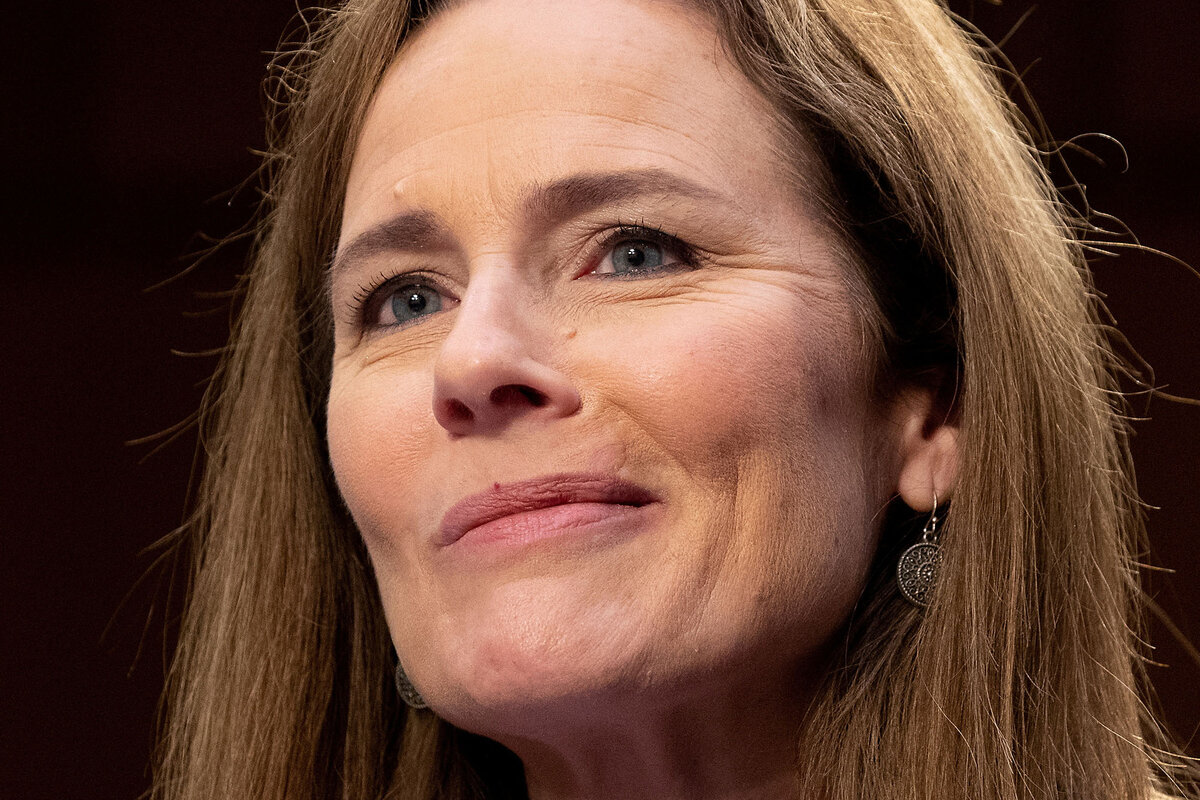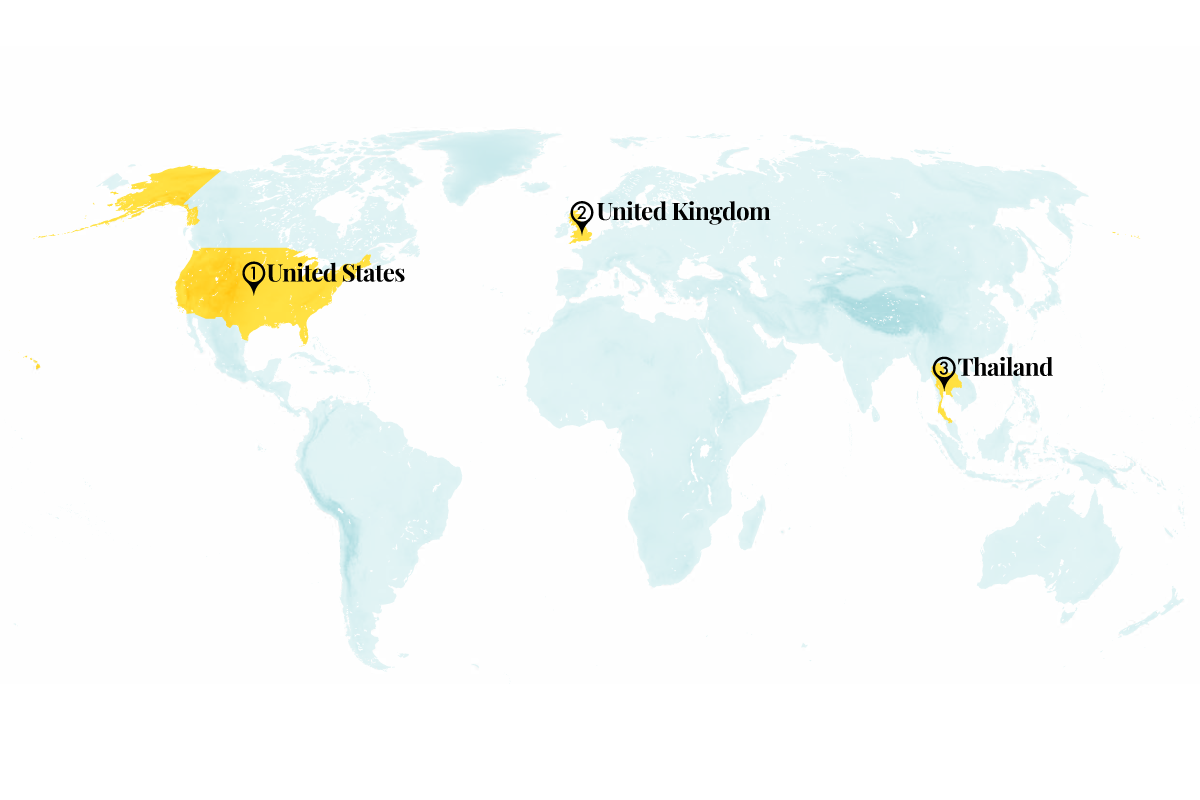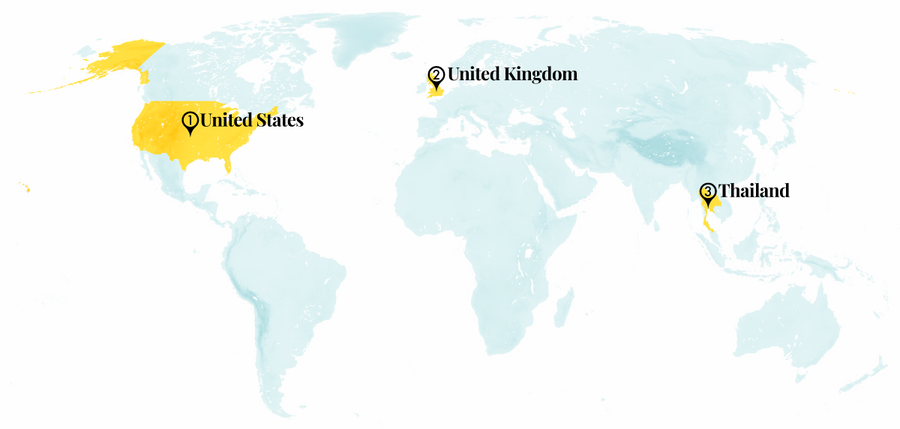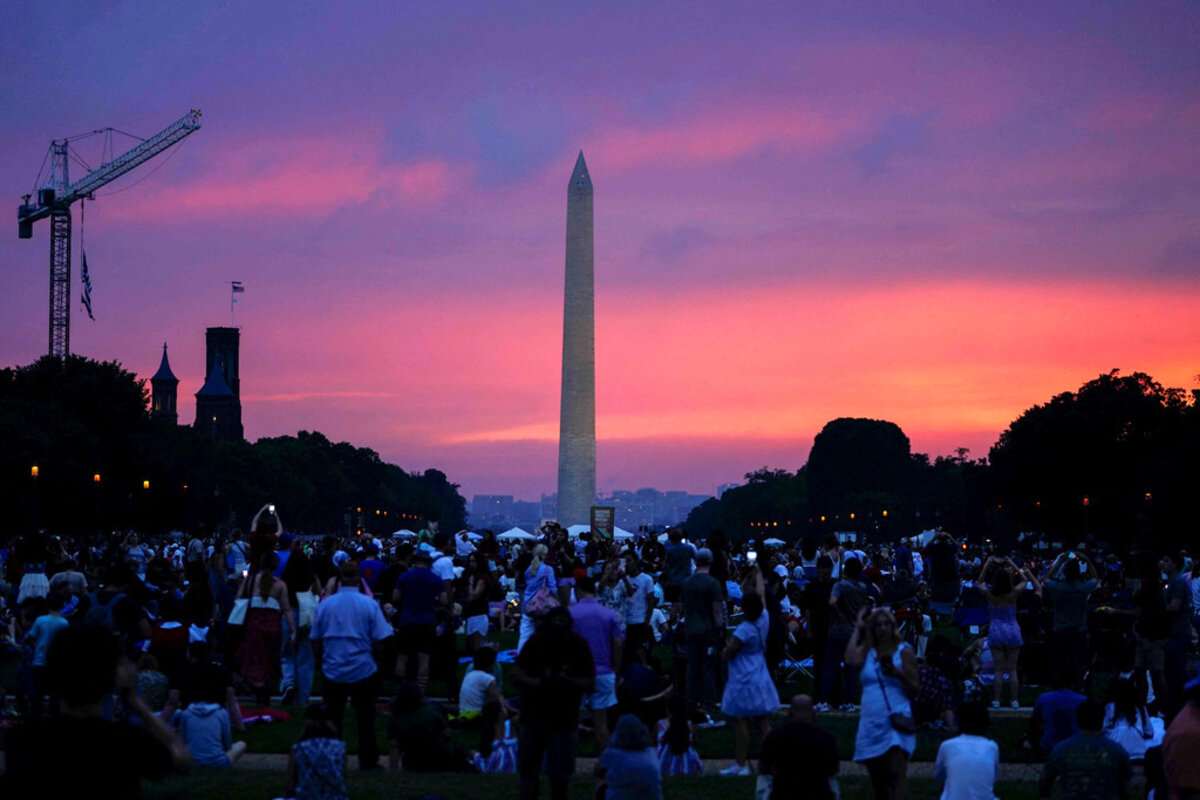A party convention is typically a moment to rally the base with fiery, red-meat rhetoric. In the wake of an assassination attempt, many are urging presumptive Republican nominee Donald Trump to take a different tone.
Monitor Daily Podcast
- Follow us:
- Apple Podcasts
- Spotify
- RSS Feed
- Download
 Mark Sappenfield
Mark Sappenfield
History has shown that moments of great change bring great upheaval. Often, they also bring violence. The attempt to assassinate Donald Trump over the weekend leaves no doubt that the United States is now standing on this precipice.
The months and years ahead are already certain to be historic. The question that remains is: in what ways? Violence comes when societies feel they can no longer work through their differences peacefully. Given the transformational changes now reshaping the United States – economic, cultural, ethnic, religious – and deep levels of distrust, the days ahead loom as something of a test. Must we fall into old patterns? Must anger and hate and fear explode into terrible acts?
The answer need not be foreordained. The history of the United States is one of progress – of an imperfect nation steadily reaching toward the grandeur of its founding ideals. But those ideals must be lived to be a solid foundation for further growth. The founder of this newspaper, Mary Baker Eddy, once wrote that a key test of prayer was: “Do we love our neighbor better because of this asking?” To be honest, that is the demand of every day. But it is beacon-bright at this moment – the only practical way to step back from the precipice.
Politics will not heal the breach. Only we can do that, and only with a love that reaches beyond the comfortable bounds of self to the higher ideals of fellowship and unity on which the nation was established.
Mr. Trump is safe. For that, we can be grateful. And America has a chance to awaken. The things that divide the nation are substantial, but so, too, is the opportunity. Thoughts and prayers are best expressed in action. And loving our neighbor better because of the asking when considering this weekend’s events would be a historic legacy of the best sort.











